Key Metrics to Monitor in the Weight Room for Performance Tracking

Key Metrics to Monitor in the Weight Room for Performance Tracking
When it comes to achieving your fitness goals in the weight room, knowledge is power. Understanding and meticulously tracking your performance metrics can be the key to unlocking your full potential and achieving the results you desire. In this comprehensive guide, we will explore the essential metrics you should be monitoring in the weight room to optimize your performance and track your progress effectively.
Reps and Sets:
Repetitions (reps) and sets are foundational metrics in weightlifting. Reps represent the number of times you lift or lower a weight during a single set of an exercise. Sets are the groupings of reps performed consecutively, usually with a short rest between sets. These metrics are crucial as they help gauge the intensity of your workout, track your endurance, and assess strength improvements over time. Gradually increasing the number of reps or adjusting the sets can challenge your muscles and promote growth.
Weight Lifted:
The weight you lift during resistance training is a fundamental metric that directly impacts muscle growth and strength development. Monitoring the weight you lift helps ensure progressive overload, a key factor in muscle growth. Gradually increasing the weight over time is essential to challenge your muscles and promote continuous progress.
Rest Intervals:
Rest intervals refer to the amount of time you rest between sets and exercises. Proper rest intervals allow for muscle recovery, help maintain form, and significantly affect your workout's intensity. Depending on your goals, you can adjust rest intervals – shorter rests for building endurance and longer rests for heavy lifting.
Training Volume:
Training volume is a comprehensive metric that accounts for both the weight lifted and the number of reps and sets performed. It provides valuable insights into your overall workload. Monitoring training volume is crucial to ensure consistent progression and avoid plateaus. By tracking changes in training volume, you can assess your performance improvements or declines over time.
Velocity (Both Peak and Mean):
Velocity measurement is an advanced metric that quantifies the speed at which you lift weights. Peak velocity represents the highest speed achieved during a single repetition, often associated with lifting explosively. Mean velocity represents the average lifting speed during a set or exercise. These metrics are valuable for refining lifting technique, assessing power output, and maintaining form and control while lifting. Velocity can also indicate movement efficiency and improvements in force production. If you lift 185 for 4 weeks in a row, but week 1 you lifted it at .5 m/s, and week 4 at .8 m/s, we know we’re getting better at producing force efficiently simply through the velocity improvement, regardless of the unchanged weight lifted.
Power (Both Peak and Mean):
Power is a dynamic metric that combines force and velocity, indicating how explosively you can lift a weight. Peak power is the maximum amount of work performed in the shortest time, often associated with lifting explosively. Mean power represents the average power output during a set or exercise. Peak power is crucial for athletes and those focused on speed and explosiveness, while mean power indicates sustained strength and endurance throughout a workout. Monitoring power over time will give you greater insight to when and why it is applicable, when you are generating the most power and the least, and tailor your training accordingly based on your desired goals and adaptations.
Total Work:
Total work quantifies the energy expenditure during your workout in kilojoules. It's a valuable metric for those interested in calorie burn and energy balance. By calculating total work, which considers the weight lifted, reps, sets, and distance traveled, you can understand the energy demands of your workouts and use it for weight management. Setting target energy expenditure goals and tracking your progress can help you stay on course. Moreover, you can see a day where you may have overtrained vs days where you undertrain if you track this metric for long enough. You will need a piece of technology to do this most effectively (Perch tracks this metric natively in our tablet and web app).
Monitoring Performance Improvements or Decrements Over Time:
Regularly reviewing your performance data allows you to adjust your training plan, identify weaknesses, and celebrate achievements. Technology plays a significant role in automating this process, providing valuable insights automatically. One such technology is Perch, which uses advanced sensors and AI to track and analyze your weightlifting performance. It can monitor metrics like velocity, power, and total work, providing real-time feedback and historical data. This technology simplifies the process of tracking and understanding your progress, making it easier to set and achieve your fitness goals.
Perch also measures 11 unique metrics over time to give you greater insight to your performance and very clearly see improvements. Technology can improve the weight room experience without detracting from it, especially when it comes to monitoring progress.
Conclusion
In conclusion, monitoring these key metrics in the weight room provides a solid foundation for tracking your progress and optimizing your training routine. Regardless of your level, paying attention to these metrics will help you make informed decisions, set realistic goals, and achieve the results you desire. And remember: What gets measured gets managed. So grab a notebook, a fitness app, or use advanced technology like Perch to start monitoring your weight room performance today!

Start Gathering Data With Perch Today!
Reach out to us to speak with a representative and get started using Perch in your facility.

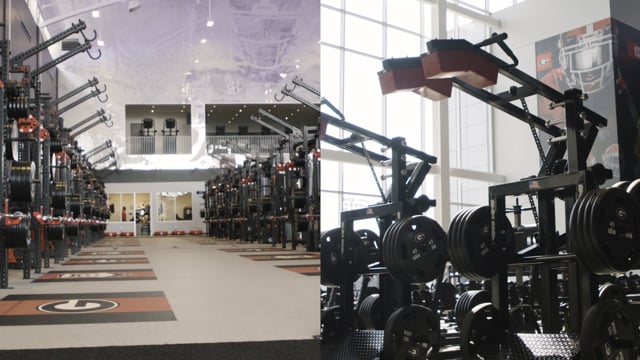








































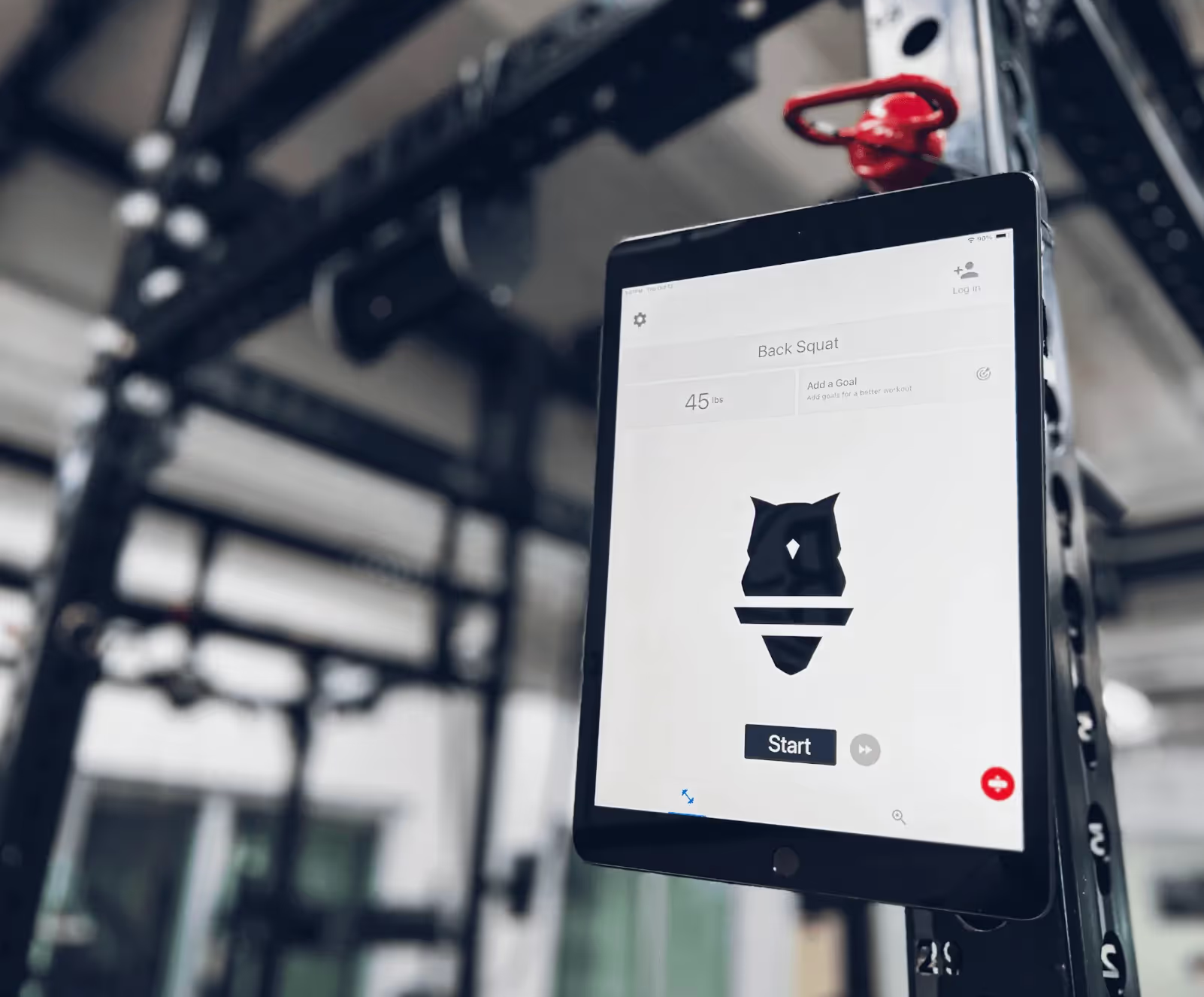



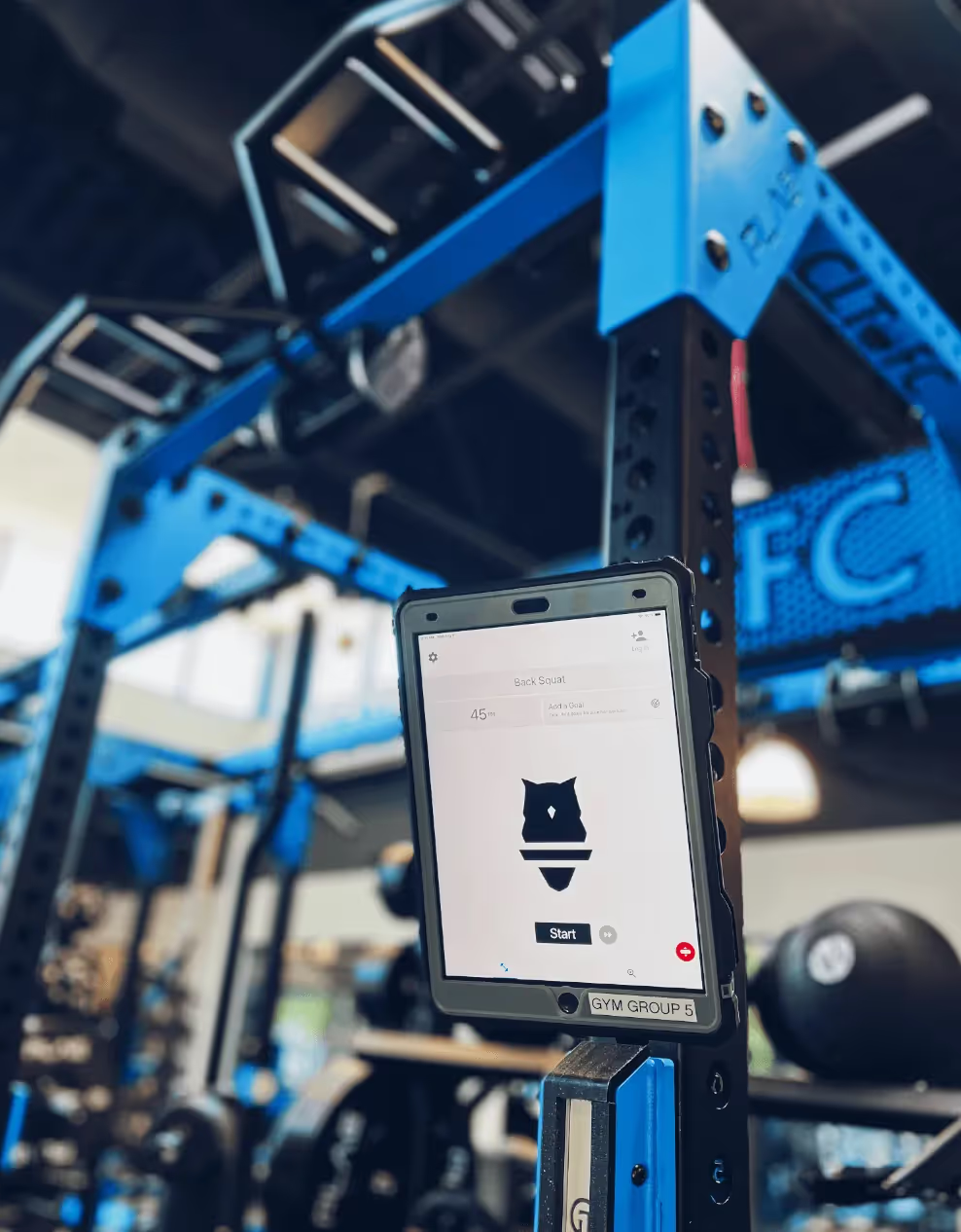
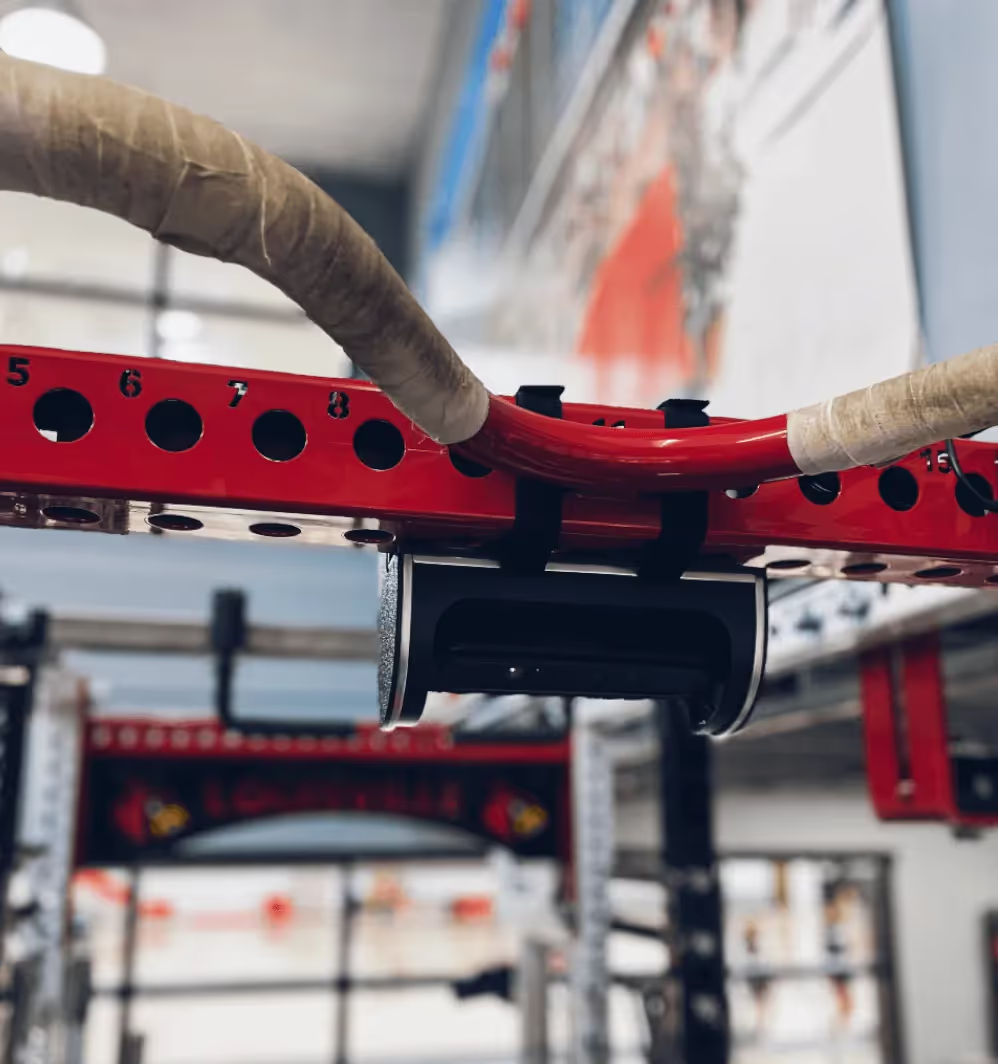















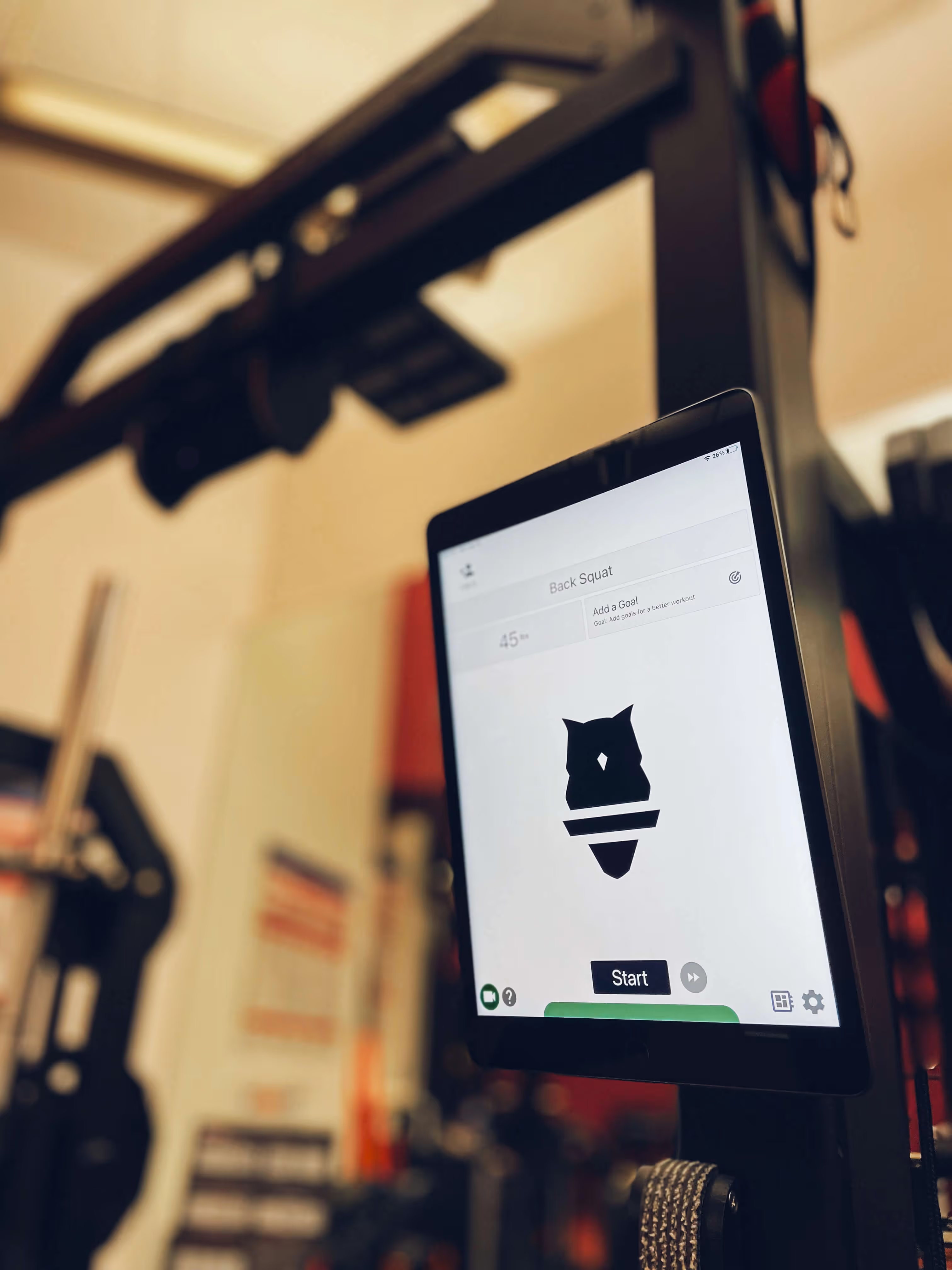








.avif)

































